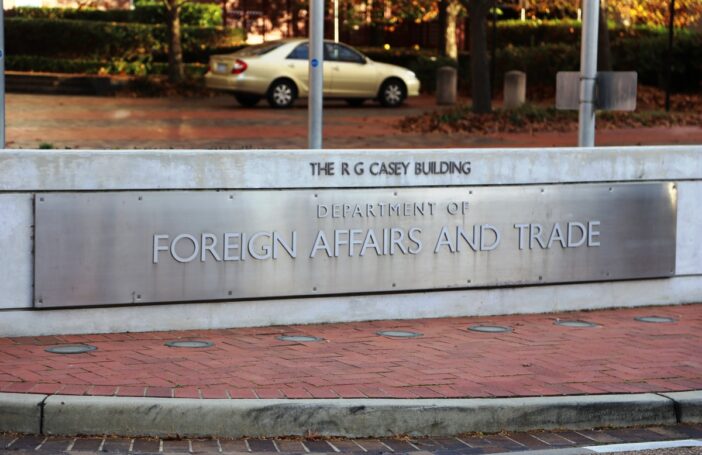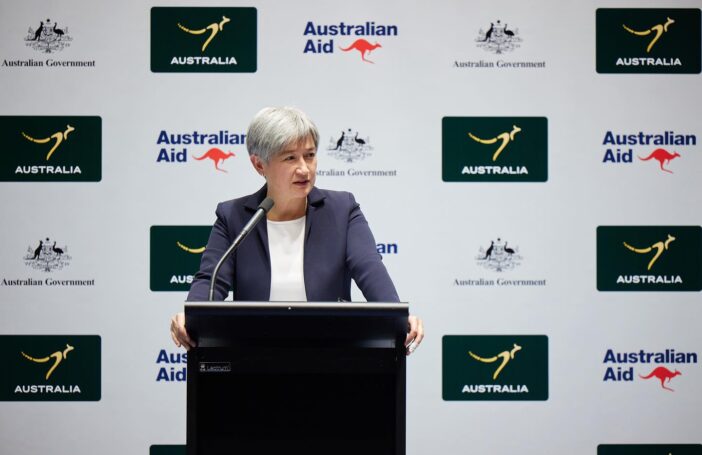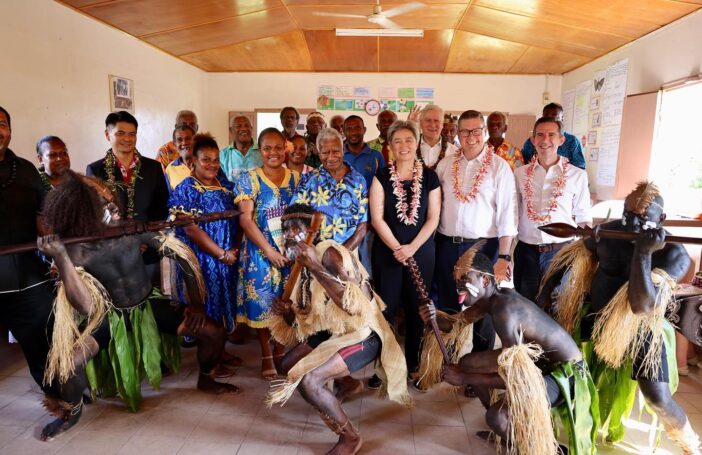Australia’s foreign minister Julie Bishop has spoken frequently of the government’s intention to accord high priority to ‘economic diplomacy’ (for example, here, here and here). The government, particularly in announcing the integration of AusAID into the Department of Foreign Affairs and Trade, has also made it clear that Australia’s overseas aid will be deployed in support of this species of diplomacy. But we have yet to hear what, if anything, that might mean for the shape of the aid program.
When faced with a local vacuum, it never hurts to browse the Canadian news. Just as it is useful to compare what the Australian and Canadian governments have done in aid management, so it should be useful to compare what they say about the place of aid in pursuing international market opportunities.
As it happens, Canada’s trade minister Ed Fast delivered a speech on 27 November to the Economic Club of Canada in which, like Bishop, he hailed the concept of economic diplomacy. He described it as ‘the driving force behind the government of Canada’s trade promotion activities throughout its international diplomatic network’. This shift toward economic diplomacy, he said, ‘represents a sea change in the way Canada’s diplomatic assets are deployed around the world’.
It might be that, if one sets aside his alarmingly overworked ice hockey similes, Fast was consciously echoing the new Australian government in what he said. It doesn’t appear that the Canadian government has used the term economic diplomacy before, at least not so prominently. Whether or not that is case, a particularly interesting feature of Fast’s speech was his account of the role of aid in the sea change. Unlike anybody in the Australian government to date, he was quite explicit about this. He said:
[Canada’s Global Markets Action Plan] will play to our strengths and ensure that all diplomatic assets of the government of Canada are harnessed to support the pursuit of commercial success by Canadian companies and investors. … We are committed to better aligning Canada’s development and trade interests to ensure that the investments we make abroad deliver maximum value to both our development partners and our Canadian investors and traders [emphasis added]. In so doing, we are ensuring that Canada’s long-term economic prosperity becomes one of our core foreign policy objectives.
Fast said nothing specific about what mechanisms might be used or established to ensure that Canada’s international development investments deliver ‘maximum value’ for both parties to each transaction. However, he did place a heavy emphasis on ‘helping more … small- and medium-sized enterprises, to successfully engage in new and expanded export activities in … strategic markets’. For example:
Currently, of the one in 30 SMEs that export at all, only 29 per cent are active in emerging markets. Under our plan, over the next five years, we believe we can grow that number to 50 per cent. … What I’m asking our SMEs to do is not to throw caution to the wind. No. Rather, what I’m asking you to do is to explore the host of exciting export opportunities around the globe, carefully measure the risks, take advantage of the remarkable suite of trade tools your government has made available [emphasis added], and then boldly take the first step out of your comfort zone.
Presumably Canada’s aid program is in a general sense now among the suite of trade tools mentioned above, and perhaps it will be adding special-purpose implements to the toolbox in the near future—for example, SME subsidy mechanisms to fund feasibility studies, joint ventures and the like.
More generally, the Global Markets Action Plan states that Canada will ‘leverage development programming to advance Canada’s trade interests’—formalising a policy that was effectively put in place in 2011 when the government announced several pilot projects in support of Canada’s ‘Corporate Social Responsibility Strategy for the Canadian International Extractive Sector’. From various reports (for example, this from Stephen Brown) it appears that these projects essentially involve the provision of aid funds to Canadian NGOs to implement ‘licence to operate’ programs in the vicinity of Canadian mining companies’ operations in Africa and South America.
Overall, the Canadian government is articulating a policy line that is much stronger, or perhaps just less equivocal, than that of the Australian government to date. Some proportion of Canadian aid will unashamedly be used to make life easier for Canadian companies operating in emerging and poor-country markets. Consider now Julie Bishop’s general and conjunctive formulation, in which Australia’s aid program will contribute to ‘[a] international economic growth and poverty reduction, and [b] support Australia’s foreign and trade policy’. Perhaps b is to be achieved through a (which is approximately the status quo), or perhaps the trade element of b is to be achieved separately through some new tied-aid pocket of the aid program, or perhaps a is meant to achieved only insofar as b is. We just don’t know.
So we have from the Canadian government a fuller account than we have had locally on the role of aid in support of economic diplomacy. It remains to be seen whether a similar sea change will render Australia’s aid program quite so rich and strange.
Robin Davies is the Associate Director of the Development Policy Centre.




Great blog Robin. Many of us are watching the mergers in Canada and Australia with interest. It is easy to see gains for both countries, but it is not so easy to figure out what will happen practically. We can all think of countries — often fragile and conflict-affected states — where populations are in dire need of foreign assistance but whose governments, shall we say, are less than popular! One wonders what is going to happen in the prioritization of scarce aid dollars (Canadian or Australian) between countries in dire need but with few trade opportunities and maybe even no desire for trade and national economic growth, and trade interests. It’s not difficult to imagine situations of almost a conflict of interest between the merged Ministry’s agendas. One could also ask where does the human rights agenda fit into this?